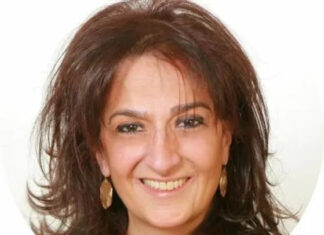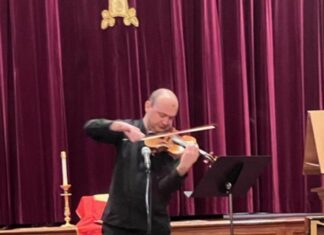By Aram Arkun
Mirror-Spectator Staff
BOSTON – The Society for Armenian Studies (SAS) held a conference on Armenians in America on November 17 in Boston, along with its annual membership meeting. It sponsored several panels at the Middle East Studies Association (MESA) Annual Conference, which continued through the weekend ending on November 27 at Boston’s Marriott Copley Place. There were also a number of non-SAS sponsored presentations of papers on Armenian-related topics at the MESA conference. The National Association of Armenian Studies and Research (NAASR) cosponsored a reception at its Belmont headquarters together with SAS for the visiting Armenian scholars on November 18.
The SAS conference was opened by SAS President Prof. Barlow Der Mugrdechian, the Berberian Coordinator of the Armenian Studies Program and Director of the Center for Armenian Studies at Fresno State. He pointed out that this was the third consecutive year that SAS has organized conferences in conjunction with the annual SAS meeting.
The first conference panel, on Travel, Collective Memory and Homeland among Armenian-Americans, was chaired by Marc Mamigonian, NAASR’s Director of Academic Affairs. In it, Dr. Margaret Manoogian of Western Oregon University spoke on “Connections for Families Disrupted: Travels to Anatolia by Diasporans,” while Dr. Carel Bertram of San Francisco State University spoke about the role of music in identity in her presentation called “Coming to Terms with Home and Homeland.” Both talks in part use information from the trips organized by Armen Aroyan of California to Turkey.
Sona Nersisyan of the Institute of Archaeology and Ethnography of the National Academy of
Sciences of Armenia examined “Homeland Perception and Identity Construction: The Case of the Los Angeles Armenian Community.”









